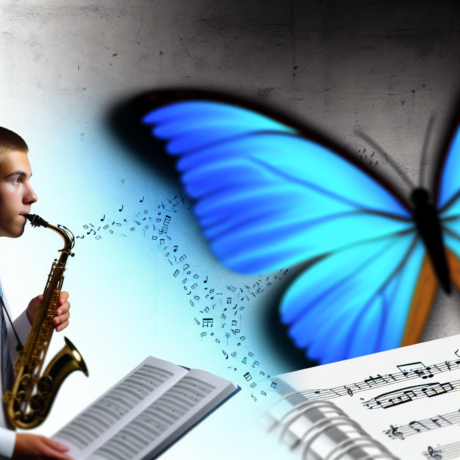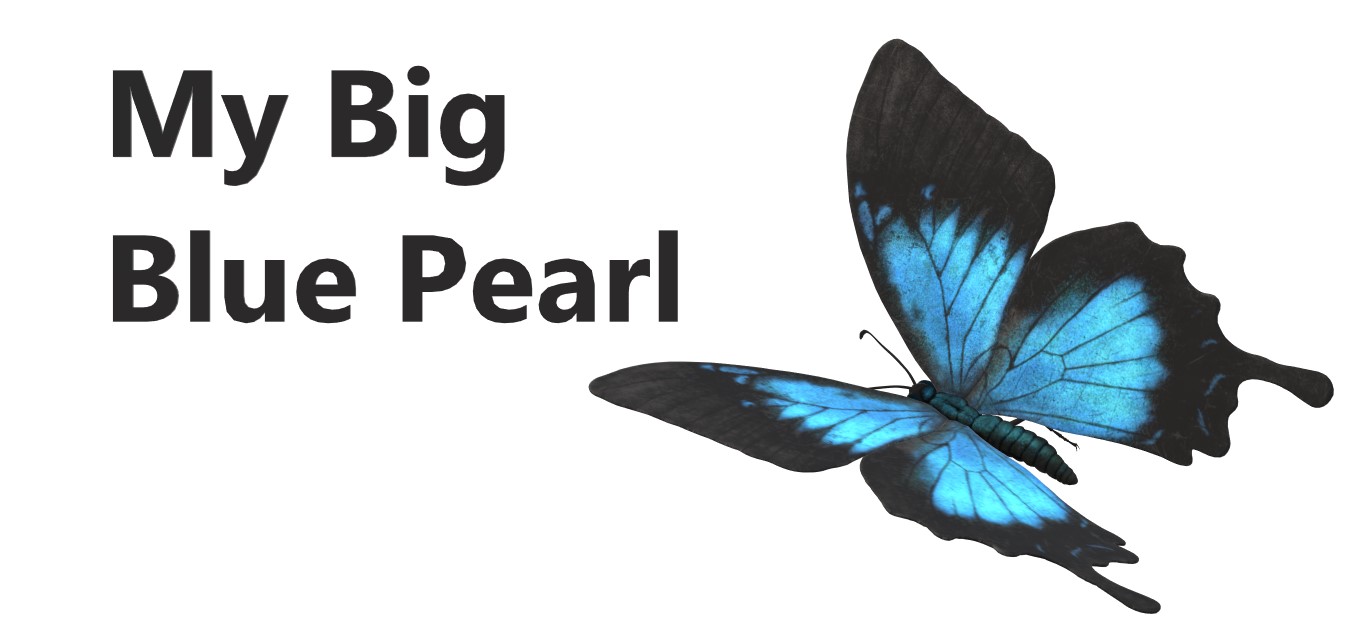
Exploring Classical Saxophone Repertoire: Insights from the Experts
Classical saxophone music often lies in the shadow of its jazz counterpart, but it’s steadily carving out its place in the world of classical composition. In this article, we delve into the fascinating and sometimes overlooked world of the classical saxophone repertoire, uncovering insights from music experts and advocates working tirelessly to bring this genre to the forefront.
The Rise of the Classical Saxophone
The saxophone, best known for its jazzy overtones, has a rich yet underrepresented history in classical music. Invented in the mid-19th century by Adolphe Sax, the instrument was originally designed for orchestral settings. However, it found a more fitting home in military bands and, later, in jazz. Fortunately, over the decades, a growing number of composers and musicians have expanded the saxophone’s role in classical music, writing pieces that showcase its unique tonal qualities.
Championing the Cause: Advocates for Classical Saxophone
Several musicians and academic institutions spearhead efforts to highlight the saxophone’s potential in traditional compositions. They have been instrumental in educating audiences about the depth and breadth of classical saxophone music.
- Schools of Music: Institutions such as the School of Music at Kennesaw State University continue to champion the classical saxophone through research, performances, and academic offerings. They provide students and faculty opportunities to delve into classical saxophone works, both old and new.
- Contemporary Composers: Modern composers are increasingly writing works for the saxophone, adding to the repertoire and shedding light on its versatility and range.
Popular Works and Performances
Many classical saxophone works are now gaining recognition in concert halls and on streaming platforms. Several pieces that are popular include:
- Concerto for Saxophone and Orchestra by Alexander Glazunov: A staple of the classical saxophone repertoire, showcasing the instrument’s lyrical qualities.
- Tableaux de Provence by Paule Maurice: A vibrant set of pieces often performed by saxophonists looking to demonstrate their narrative style.
- Sonata for Alto Saxophone and Piano by Paul Creston: A challenging piece that highlights the saxophone’s rich, expressive capabilities.
The Future of Classical Saxophone
As more performers and educators spotlight the classical saxophone, its repertoire will likely continue to flourish. Concerts and collaborations between saxophonists and orchestras provide a platform for audiences to appreciate the nuances of the instrument within classical contexts. Innovations in performance techniques and increasing interest from the younger generation promise an exciting future for the classical saxophone.
Embracing the Saxophone’s Versatility
Ultimately, the classical saxophone is a testament to the instrument’s adaptability, requiring performers to harness both technical precision and emotive expression. Its journey from the peripheries of the orchestra to main stages worldwide is a reflection of the growing appreciation for its innate versatility.
For saxophonists and classical music enthusiasts alike, the ongoing exploration and expansion of the saxophone repertoire offer a treasure trove of opportunities to discover and redefine what classical music can be.





